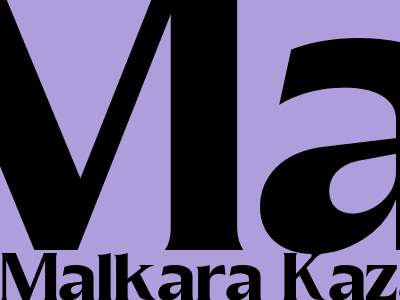Bringing You Closer to the Heart of SEO: Unleashing the Power of On-Page Optimization
Delving into the Core: Understanding the Anatomy of On-Page Optimization
At the heart of effective search engine optimization (SEO) lies the concept of on-page optimization. It's the meticulous practice of optimizing individual web pages to make them more visible and relevant to search engines like Google. By delving into the anatomy of on-page optimization, we unlock the secrets to creating content that ranks higher in search results and captivates your target audience.
The Building Blocks of On-Page Optimization
On-page optimization encompasses a multitude of elements, each playing a pivotal role in boosting your website's visibility. These elements include:
- **Content Quality:** High-quality, informative, and original content is the cornerstone of effective on-page optimization. Search engines favor pages that offer value to users, so focus on creating content that answers their queries, solves their problems, and educates them.
- **Keyword Optimization:** Identifying and incorporating relevant keywords into your content is essential. Research keywords that your target audience is searching for and use them strategically in your page title, headings, and throughout your content.
- **Title Tags and Meta Descriptions:** Title tags and meta descriptions are brief snippets that appear in search engine results pages (SERPs). Optimize these elements to accurately reflect the page's content and entice users to click through to your website.
- **Header Tags:** Header tags (H1, H2, H3, etc.) structure your content and make it easier for search engines and users to understand its hierarchy. Use header tags to highlight important keywords and guide readers through your content.
- **Image Optimization:** Images can enhance your content and make it more engaging. Optimize your images by using descriptive file names, alt tags, and appropriate image formats to improve accessibility and search engine visibility.
- **Internal Linking:** Linking to other relevant pages on your website helps search engines understand the structure and organization of your site. Internal linking can also help distribute link equity, boosting the overall authority of your website.
- **Site Speed:** A fast-loading website is crucial for both user experience and SEO. Optimize your website for speed by minifying code, compressing images, and using a content delivery network (CDN).
- **Mobile Optimization:** With the increasing number of mobile users, optimizing your website for mobile devices is imperative. Ensure your website is responsive, easy to navigate, and loads quickly on smartphones and tablets.
The Benefits of On-Page Optimization: A Path to Success
Embracing on-page optimization offers a wealth of benefits for your website:
- **Improved Search Rankings:** By optimizing your pages for relevant keywords and providing high-quality content, you increase your chances of ranking higher in SERPs.
- **Increased Organic Traffic:** Higher rankings lead to more organic traffic, which is free and targeted, boosting your website's visibility and potential leads.
- **Enhanced User Experience:** A well-optimized website with valuable content, clear navigation, and fast loading times provides a positive user experience, encouraging visitors to stay longer, engage with your content, and return in the future.
- **Established Credibility and Trust:** Search engines favor websites that provide high-quality content and a positive user experience. By optimizing your pages, you demonstrate credibility and establish trust with both users and search engines.
Crafting an On-Page Optimization Strategy: A Step-by-Step Guide
To effectively implement on-page optimization, follow these steps:
- **Conduct Keyword Research:** Identify the keywords that your target audience is searching for using keyword research tools and analysis.
- **Create High-Quality Content:** Develop original, informative, and valuable content that addresses the needs and interests of your target audience.
- **Optimize Your Page Title and Meta Description:** Write compelling titles and meta descriptions that accurately reflect your page's content and include relevant keywords.
- **Use Header Tags Appropriately:** Structure your content using header tags (H1, H2, H3, etc.) to highlight important topics and keywords.
- **Optimize Your Images:** Use descriptive file names, alt tags, and appropriate image formats to improve image accessibility and search visibility.
- **Link Internally and Externally:** Link to relevant pages on your website and authoritative external sources to build credibility and distribute link equity.
- **Test and Analyze:** Regularly test your website's performance using analytics tools to identify areas for improvement and track the effectiveness of your on-page optimization efforts.
Conclusion: Unveiling the Power of On-Page Optimization
On-page optimization is a fundamental aspect of successful SEO. By mastering the techniques and elements outlined in this article, you can create high-quality, search-engine-friendly pages that resonate with users and drive organic traffic. Embrace on-page optimization as a continuous process, regularly monitoring and adjusting your strategy to stay ahead of the ever-evolving digital landscape. With a well-executed on-page optimization strategy, you unlock the power to achieve higher search rankings, captivate your audience, and establish a strong online presence.

Comments